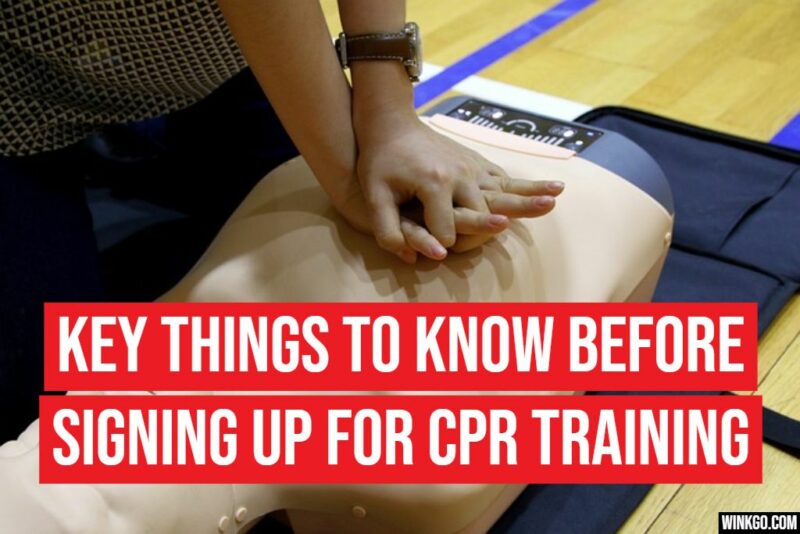Are you thinking about getting your CPR certification but unsure if there’s any value for you? Use this guide to learn everything you need to know about CPR, including its history, what exactly it is, why it may be beneficial to your personal and professional life, and how to choose the best training.

What Is CPR?
Cardiopulmonary Resuscitation (CPR) is a life-saving procedure that involves using chest compressions to help people who have stopped breathing or whose heart has stopped beating. CPR may be useful following a heart attack, drowning, or injury following an accident. By learning how to properly perform CPR, you can potentially help a person in an emergency situation.
While CPR is relatively easy to administer once you learn the basics, it’s important to learn how to do it properly to avoid further harm.
The History of CPR
You can track CPR all the way back to the 1500s. However, CPR looked a little different and wasn’t as effective back then as it is today. The first record of a procedure similar to CPR in history was the Bellows Method, which was conducted by a Swiss physician.
It wasn’t until 1963, though, that the American Heart Association (AHA) endorsed CPR as we know it today. The first CPR was introduced in 1960 by three doctors who combined mouth-to-mouth breathing with chest compressions. This is also the same year that doctors invented the life-size training manikin and named it Resusci Anne to help educate others.
By the 1980s, physicians were conducting CPR training over the phone to help emergency dispatchers learn important skills. The AHA recently upgraded its training and basic standards in 2008 to make it easy for the average person to use CPR in an emergency situation.
CPR has come a long way since it was first used in ancient history. Today, it continues to be an essential life-saving skill that everyone could benefit from learning.
Why Is CPR Certification Important?
You never know when you may need to use CPR, and you may be the only person around trained to do it. The AHA reports that administering CPR following an emergency can double or triple the person’s chance of survival. However, before attempting to save someone’s life, it’s crucial that you know how to properly use CPR, which is where a certification comes in handy.
Some employers may also require CPR certification, especially for those working in careers where they work with other people. Some careers that may require employees to become CPR certified include healthcare, caregivers, childcare, and nursing home workers.
However, even if you don’t work in one of these careers, CPR training is still a valuable skill to consider. CPR certification can be beneficial for a parent or grandparent. CPR training can also be useful if you spend a lot of your time with children, either in a professional setting or through other family and friends. The AHA estimates that as many as 200,000 lives can be saved through CPR training and certification. In fact, the news is filled with stories of people with CPR training who were around at the right time to save someone’s life.
How To Choose the Best CPR Training
You have an abundance of options available when choosing the best CPR training.
Convenience may be an important consideration when choosing the best training. Life can get busy with work and raising children, often making it easy to put off your CPR certification. Online certification can be useful. With an online course, you can practice and complete your exam online. Once you complete the class, you can print out your certification card and carry it in your wallet.
You might also consider what other life-saving skills might benefit you when choosing a training provider. For example, some online providers also offer First Aid training in addition to CPR certification.
Finally, you’ll also want to choose a training provider that covers your area of need. Some CPR training is geared toward healthcare workers, whereas others are suitable for anyone. You may also need separate training based on whether you work primarily with adults or children. The great news is that there are a lot of affordable, convenient options available today.
Becoming CPR certified usually takes a few days and can be done online in the comfort of your own home. You never know when you may need a CPR certification, whether in your career or everyday life. However, chances are, if you do ever come across a situation that requires CPR, you’ll be relieved you took the time to complete your training.
Please share these key things to know before signing up for CPR training with your friends and family.



